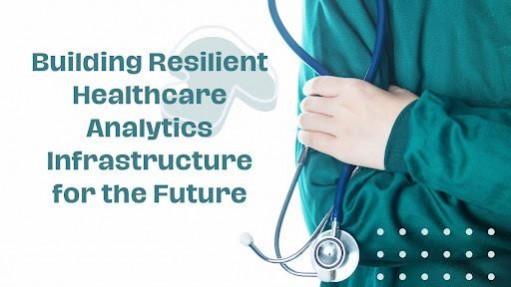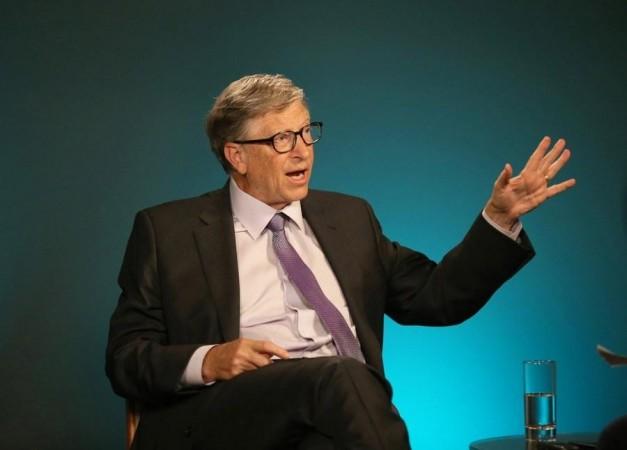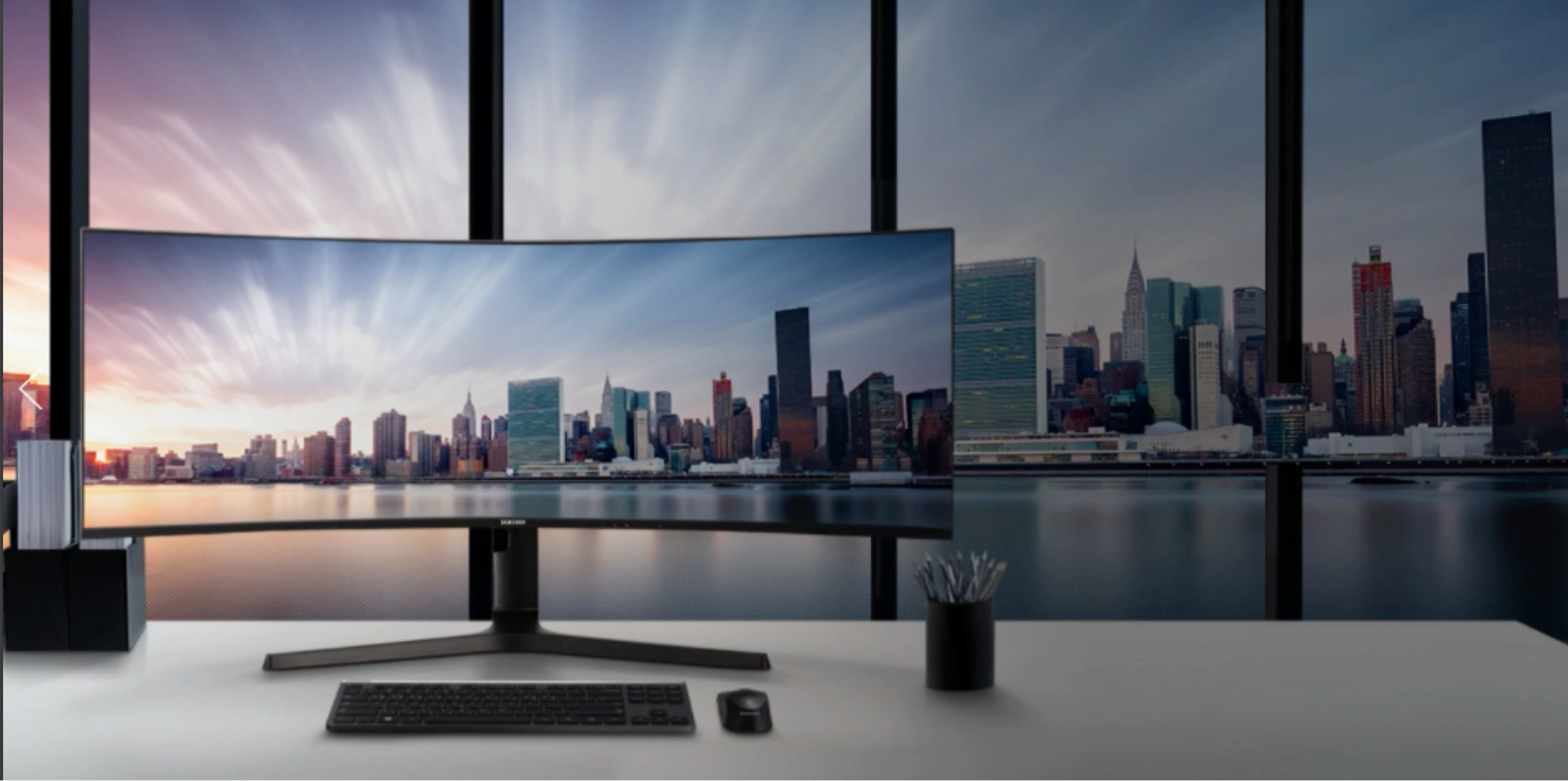MUMBAI: Sonu Tyagi, the founder of Go Spiritual and Approach Entertainment, has issued an impassioned plea to the Indian government to bolster mental health support and spiritual wellness initiatives, emphasizing their pivotal role in curbing the rising tide of crime, healing broken relationships, and reducing suicides across the nation. Tyagi’s call is inspired by a chilling murder in Meerut, Uttar Pradesh, which he dissects in his recent article, “A Tragic Tale of Love, Betrayal, and the Human Spirit” (published by Go Spiritual News Magazine), as a haunting example of spiritual and mental collapse.
In the article, Tyagi details the grim events of March 19, 2025, when Muskaan Rastogi and her lover Sahil Shukla allegedly murdered her husband, Saurabh Rajput, a former merchant navy officer. After months of planning, the couple stabbed Saurabh, dismembered his body, and encased it in a cement-filled drum. Tyagi reflects, “This is not merely a crime—it’s a warning of what happens when the human soul loses its anchor. Spirituality and mental health are our shields against such darkness, and the government must prioritize them to uplift society and make this world a better place for all.”
Tyagi ties this tragedy to broader societal ills—hate crimes like communal violence that fracture communities, relationship betrayals like the Meerut case, and a suicide epidemic, with the National Crime Records Bureau (NCRB) reporting over 1.7 lakh cases in 2023, often fueled by despair and addiction. He warns, “Without inner peace, we see murders, suicides, and the heartbreak of a child-like Saurabh’s six-year-old daughter who said, ‘Papa is in the drum.’ Spirituality offers a path to redemption, while mental health support provides the tools to heal. Together, they can prevent such horrors and build a compassionate world.”
As a psychologist and spiritual advocate, Tyagi champions the transformative power of these disciplines. “Spirituality nurtures resilience, compassion, and a sense of purpose—qualities that disarm destructive impulses like anger or greed,” he explains. “Mental health care—through counseling, awareness, and therapy—addresses trauma and addiction, preventing the unraveling of minds like Muskaan’s, clouded by drugs and manipulation.” He envisions a society where these principles reduce crime by fostering empathy, heal families by restoring trust, and make the world safer and more joyful for future generations.
Tyagi urges the government to act decisively: establish nationwide helplines, subsidize therapy, integrate mindfulness into education, and support survivors of violence. “By blending spiritual wisdom with mental health resources, we can uproot the causes of crime and cultivate a culture of peace,” he asserts. This aligns with Go Spiritual’s campaign against toxic digital content, which he believes erodes societal values.
Go Spiritual, the spiritual arm of Approach Entertainment Group, leverages platforms like Go Spiritual News Magazine and upcoming Web TV and OTT services to spread this vision. Tyagi calls for collaboration with policymakers, experts, and spiritual leaders to create a holistic framework. His work as an award-winning filmmaker, including Two Great Masters, and leadership of Approach Entertainment—recipient of the Biz India 2010 Award—bolster his advocacy.
The Meerut case, with Muskaan and Sahil in custody, reflects India’s broader struggles. Tyagi’s article highlights its ripple effects—grief, trauma, and moral decay—and positions spirituality and mental health as antidotes. “These tools can heal individuals, uplift communities, and transform the world into a sanctuary of light,” he concludes. “The government must lead this change, and we stand ready to help.”
Sonu Tyagi is an award-winning writer, director, producer, and the visionary founder of Go Spiritual and Approach Entertainment Group. A deeply spiritual individual with a degree in Psychology, Tyagi has enriched his expertise with professional courses in Advertising Management, Journalism, and Filmmaking. Before establishing Approach Entertainment in 2004, he honed his skills with leading advertising agencies and media houses in India. His recent work as co-producer of the acclaimed spiritual web series Two Great Masters reflects his dedication to meaningful storytelling, while he continues to develop new film and web series projects that elevate the creative landscape. Tyagi’s mission is to blend ancient wisdom with modern solutions, addressing mental health, spirituality, and societal well-being.
Approach Entertainment Group is a powerhouse in celebrity management, film production, advertising, corporate filmmaking, film marketing, events, and entertainment marketing. Renowned for its innovative contributions, the group has earned prestigious accolades, including the Biz India 2010 Award, Service Excellence Award, PR Agency of the Year Award, and the Yuva Ratn Award. It operates specialized arms like Approach Communications (a PR & Integrated Communications agency) and Approach Bollywood (a Bollywood and entertainment newswire). As the parent entity of Go Spiritual, Approach Entertainment Group embodies a commitment to transformative platforms that uplift society through ethical media and social impact.








